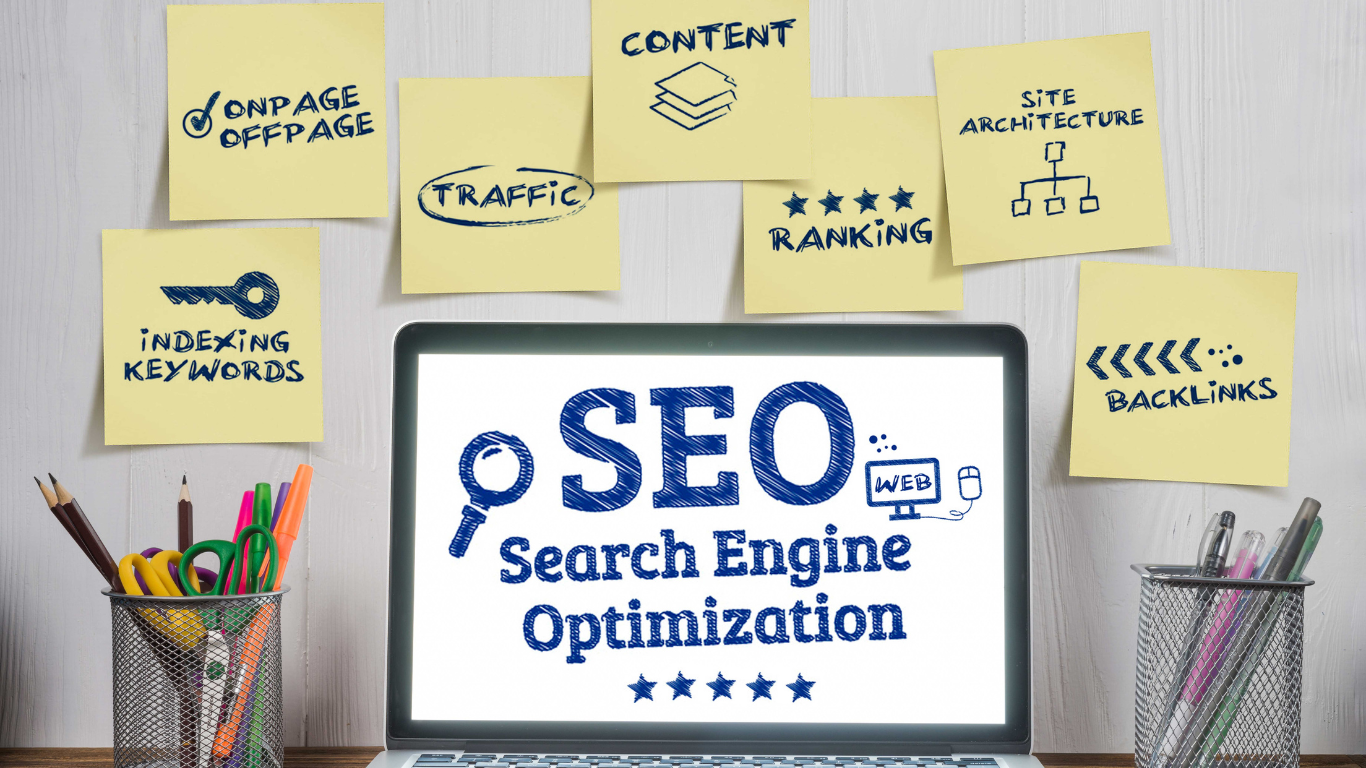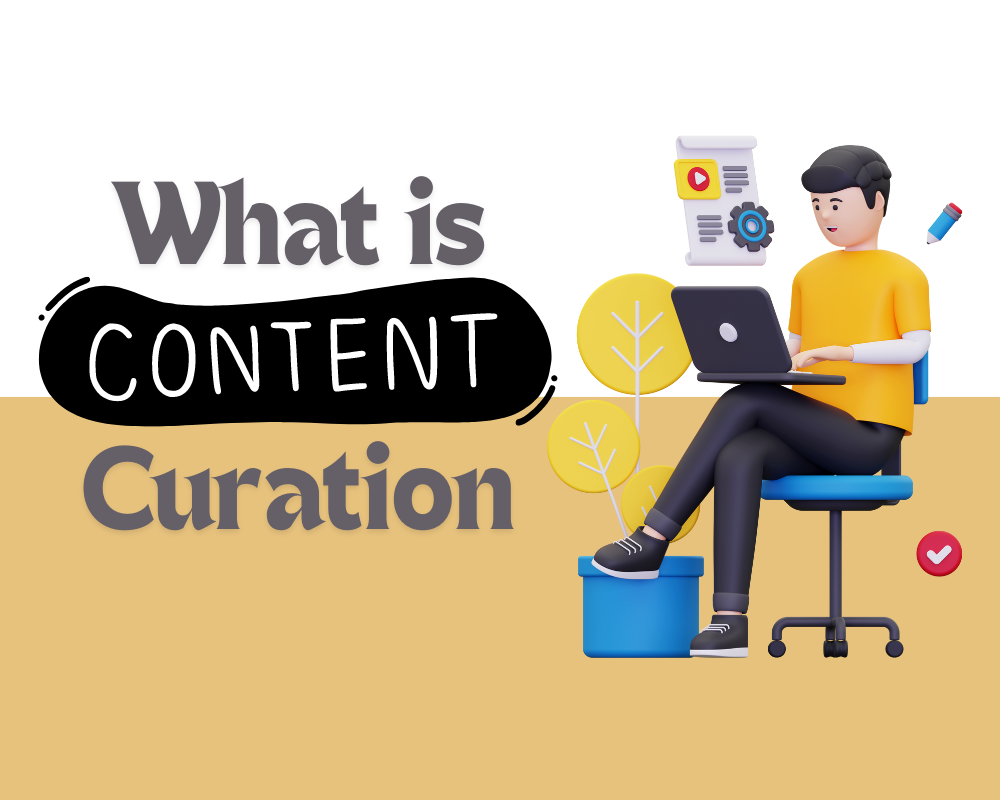In today’s digital age, having a robust online presence is crucial for B2B success. With the vast array of tools and strategies available, business owners often find themselves at a crossroads, trying to decide between Content Marketing and SEO. While both play vital roles, understanding their unique functions and how they complement each other can unlock the potential for unparalleled digital growth.
Section 1: Understanding Content Marketing

Definition and Overview
Content Marketing involves creating and distributing valuable, relevant, and consistent content to attract and engage a clearly defined audience. This content can take many forms, including blogs, videos, infographics, and whitepapers. The primary goal is to build a strong relationship with the audience by providing useful information that addresses their needs and challenges.
Benefits of Content Marketing
- Building Brand Authority and Trust: By consistently offering valuable content, businesses can position themselves as industry leaders and earn the trust of their audience.
- Engaging and Educating the Audience: Quality content educates potential clients about products, services, and industry trends, keeping them engaged and informed.
- Nurturing Leads and Driving Conversions: Through targeted content, businesses can guide leads through the sales funnel, ultimately driving conversions and fostering customer loyalty.
Examples of Effective Content Marketing
Successful content marketing campaigns often feature in-depth blog posts, engaging video tutorials, and informative infographics that resonate with the target audience. These pieces attract attention and encourage sharing, extending the content’s reach.
Section 2: Understanding SEO

Definition and Overview
Search Engine Optimization (SEO) is optimizing online content to improve its visibility on search engines like Google. SEO involves various elements, including on-page SEO (content and keyword optimization), off-page SEO (backlinks and social signals), and technical SEO (website structure and speed).
Benefits of SEO
- Increasing Visibility and Organic Traffic: By improving search engine rankings, SEO helps attract more organic traffic to the website.
- Enhancing User Experience: Effective SEO practices improve site usability, making navigating and finding information easier.
- Building Credibility and Trust: High search rankings are often associated with credibility, as users trust top-ranking sites more.
Examples of Effective SEO Strategies
Examples include keyword optimization, creating high-quality backlinks, and improving site speed and mobile-friendliness. These strategies help enhance a site’s visibility and attract more visitors.
Section 3: Content Marketing vs SEO: Key Differences

Purpose and Focus
- Content Marketing: Focuses on creating valuable content to engage and educate the audience.
- SEO: Concentrates on optimizing content to improve search engine rankings and visibility.
Metrics and KPIs
- Content Marketing: Success is measured by engagement rates, content shares, and lead generation.
- SEO: Success is gauged by search rankings, organic traffic, and click-through rates.
Section 4: The Synergy Between Content Marketing and SEO

How They Complement Each Other
- Content Marketing: Builds long-term engagement and loyalty through ongoing content efforts.
- SEO: Gradually improves search rankings and visibility over time, requiring consistent optimization.
- Boosting Content Visibility: SEO techniques can enhance the reach of content marketing efforts by improving visibility in search results.
- Creating SEO-Friendly Content: Content that is well-optimized for SEO tends to perform better in search rankings, attracting more organic traffic.
Integrated Strategies
- Keyword Research: Essential for both SEO and content creation to ensure content addresses popular search queries.
- Crafting Content That Answers Queries: Producing content that directly answers user questions can improve engagement and search rankings.
- Regular Updates and Optimization: Keeping content fresh and optimized for new keywords helps maintain relevance and visibility.
Section 5: Practical Tips for B2B Success

Developing a Cohesive Strategy
- Align Goals: Ensure content marketing goals align with SEO objectives for a unified digital strategy.
- Content Calendar: Develop a content calendar that integrates SEO insights to plan and schedule content effectively.
Tools and Resources
- Content Creation Tools: Use tools like Grammarly, Hemingway, and Canva to enhance content quality.
- SEO Tools: Leverage tools like Ahrefs, SEMrush, and Google Analytics to optimize SEO efforts.
Case Studies
Explore real-world examples of B2B companies that have successfully integrated Content Marketing and SEO, demonstrating the power of a balanced approach.
Conclusion
In summary, Content Marketing and SEO are indispensable tools for achieving B2B success in the digital landscape. While each has its unique strengths, their true power lies in how they complement and enhance each other. By developing a cohesive strategy that leverages both, businesses can maximize their online presence, engage their audience, and drive meaningful results.
FAQs
What is the primary difference between Content Marketing and SEO?
Content Marketing focuses on creating valuable content for engagement, while SEO focuses on optimizing content for search visibility.
How can B2B companies effectively integrate Content Marketing and SEO?
By aligning content goals with SEO objectives, conducting thorough keyword research, and regularly updating and optimizing content.
What are some common mistakes to avoid in Content Marketing and SEO?
Avoiding keyword stuffing, neglecting mobile optimization, and failing to produce high-quality, relevant content.














